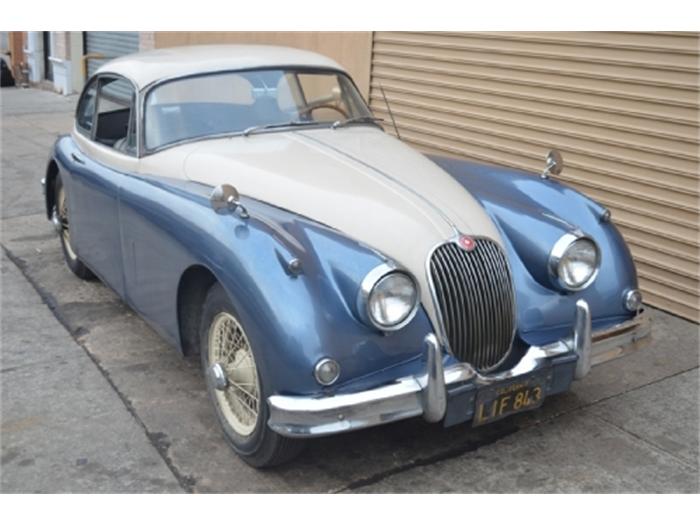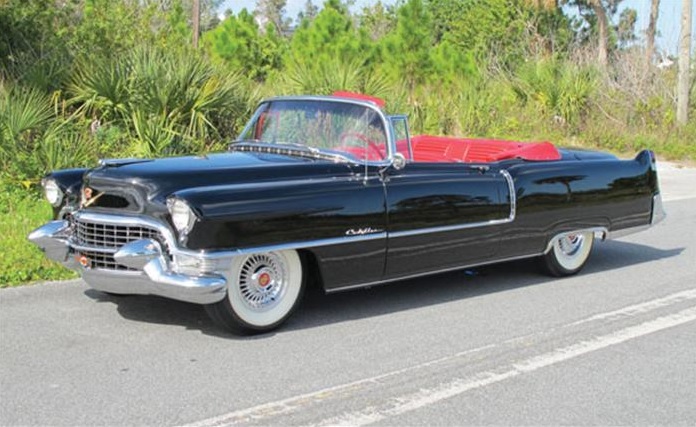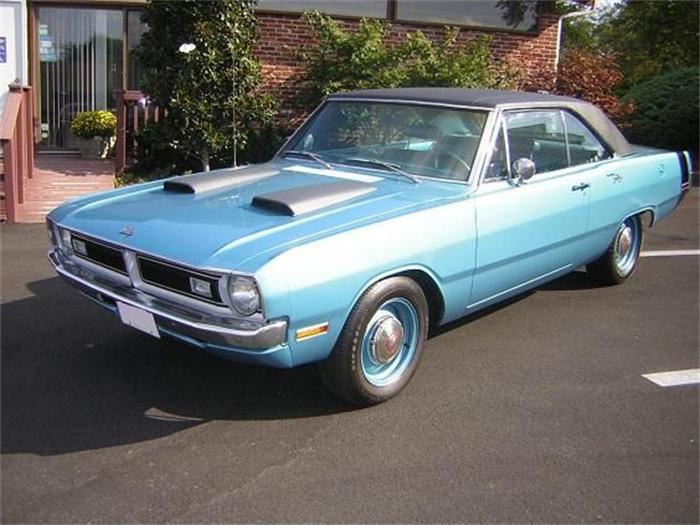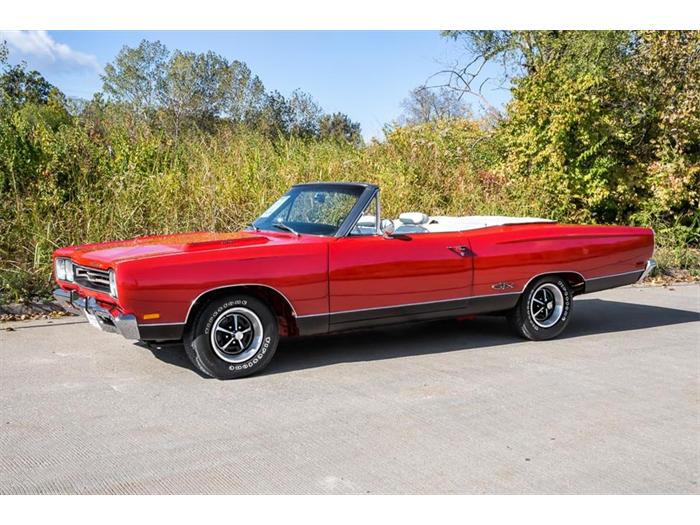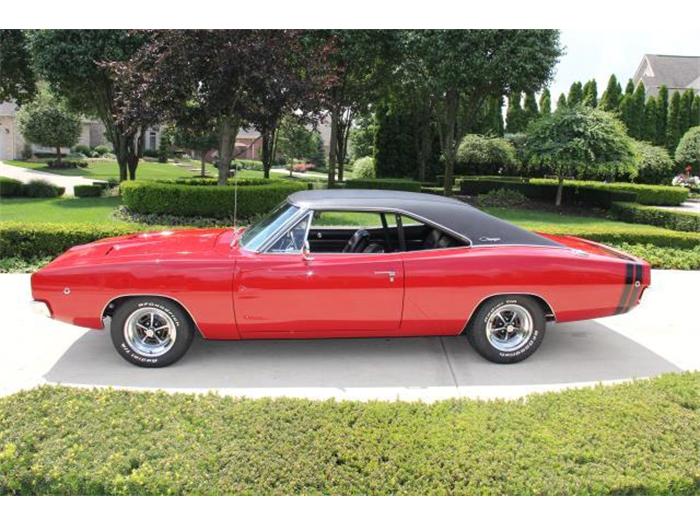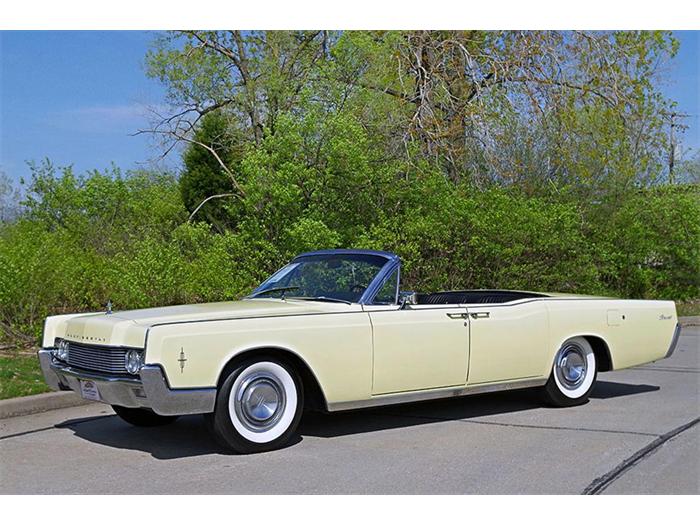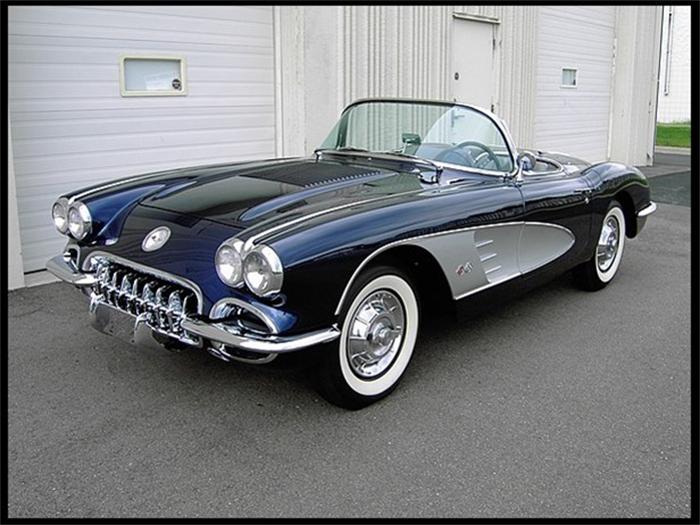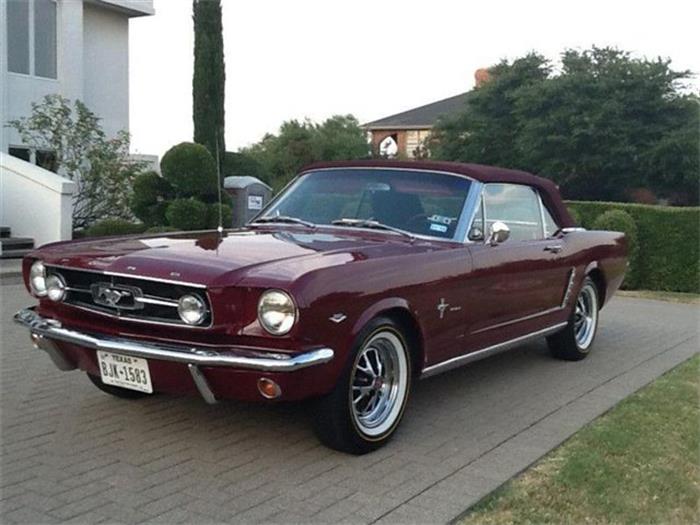
The year of 1965 was a great one for the Ford Motor Company, with the introduction of a totally new vehicle in their lineup called the Ford Mustang! This beautiful, yet economically minded car, created a new class of vehicle which was dubbed the “Pony Car” (a sporty, 2-door coupe design which incorporated a long hood and a short, rear deck area). The car was introduced unusually early in the model year (on April 17, 1964 at the New York Worlds’ Fair and to rave reviews!) as a 1965 production model, with room to seat 4 people and was based on the affordable Ford Falcon chassis. Many purist’s still refer to these early production models (April thru September 1964) as 1964-1/2, but all were actually produced, titled and coded as 1965 models!
See all 1965 Ford Mustangs for sale
Browse the world’s largest online marketplace for classic and collector vehicles.
The Mustang also happened to be Ford Motor Company’s most successful new model launch since the Model “A” way back in 1927! The Mustang would become Ford’s third oldest nameplate to date, being surpassed only by the F-Series pickup models and the Falcon which is still in production in Australia. To date, there have been five generations of the Ford Mustang and it is also the longest running, uninterrupted production run of the original “Pony Car” in existence. Other Pony Cars that followed the Mustang have come and gone and some are even seeing a revival today, as new, current models being produced by General Motors and Chrysler.
Ford Motor Company originally estimated that less than 100,000 units would be produced for the 1965 year model, but due to huge sales and consumer demand, over 1 million were actually produced in the first 18 months of production. The car was well built and stylish, not to mention a great car to drive! It also didn’t hurt, that its 1st movie debut was in the hugely popular James Bond film, “Goldfinger”, released in September of 1964!
It’s funny, that there seems to be some confusion as to who actually chose the name for the Mustang but at least two arguments exist:
1.) That Ford’s Executive Stylist at the time, Pres Harris, who was a huge fan of the infamously successful WWII Mustangs of the North American Aviation Company not only chose the name but was instrumental in the design of the body.
2.) That Ford’s Division Market Research Manager of the time, Robert J. Eggert, due to his love of American Quarterhorse breeds, and after receiving a book, as a birthday gift from his wife back in 1960, named “the Mustangs” (by J. Frank Dobie) was responsible for using his influence to name the new car.
Either way, Lee Iacocca is still considered the “Father” of the Mustang project and his team of designers, stylists and all who were involved can be very proud of the little Pony Car that could and DID!



